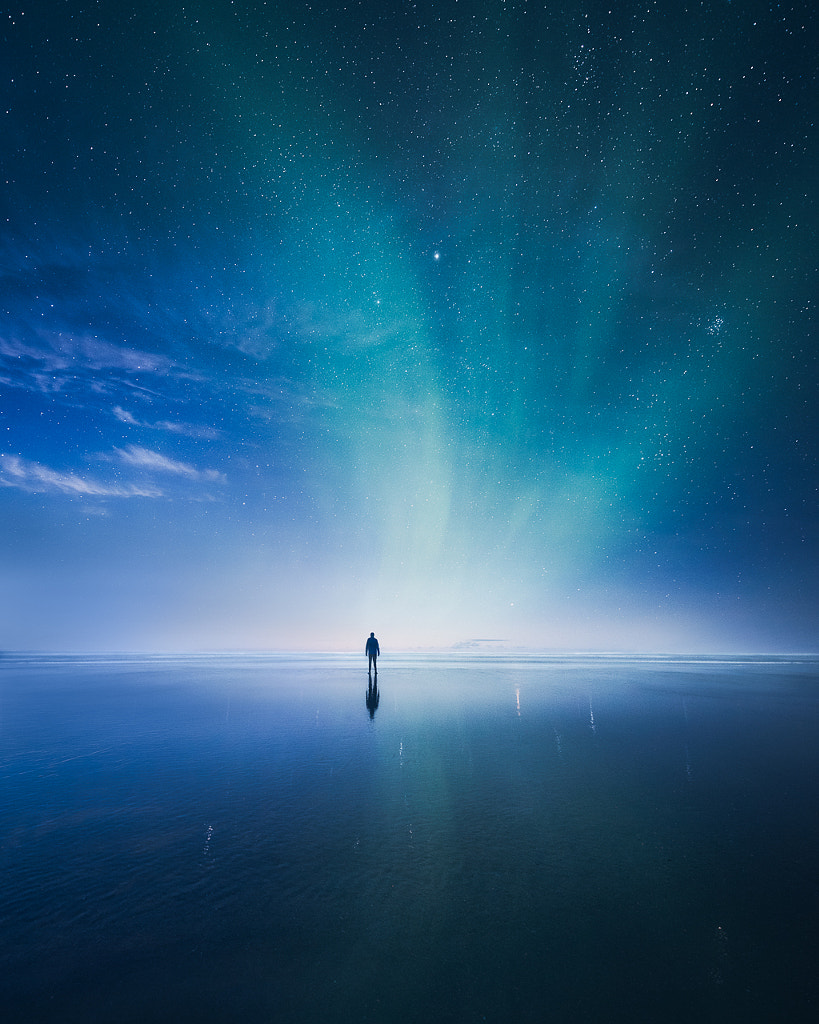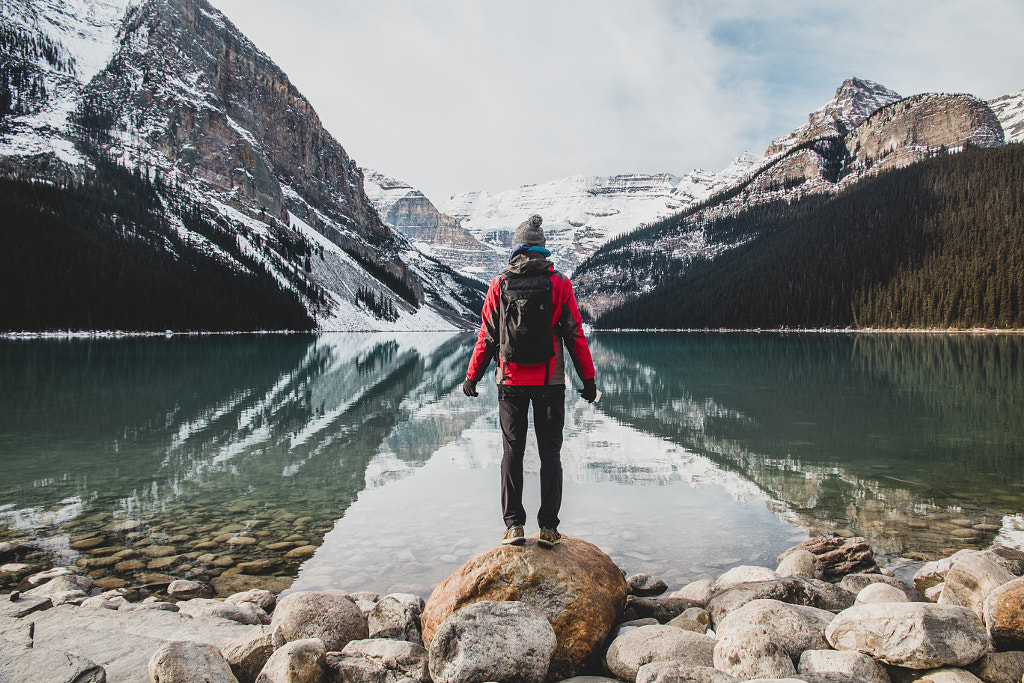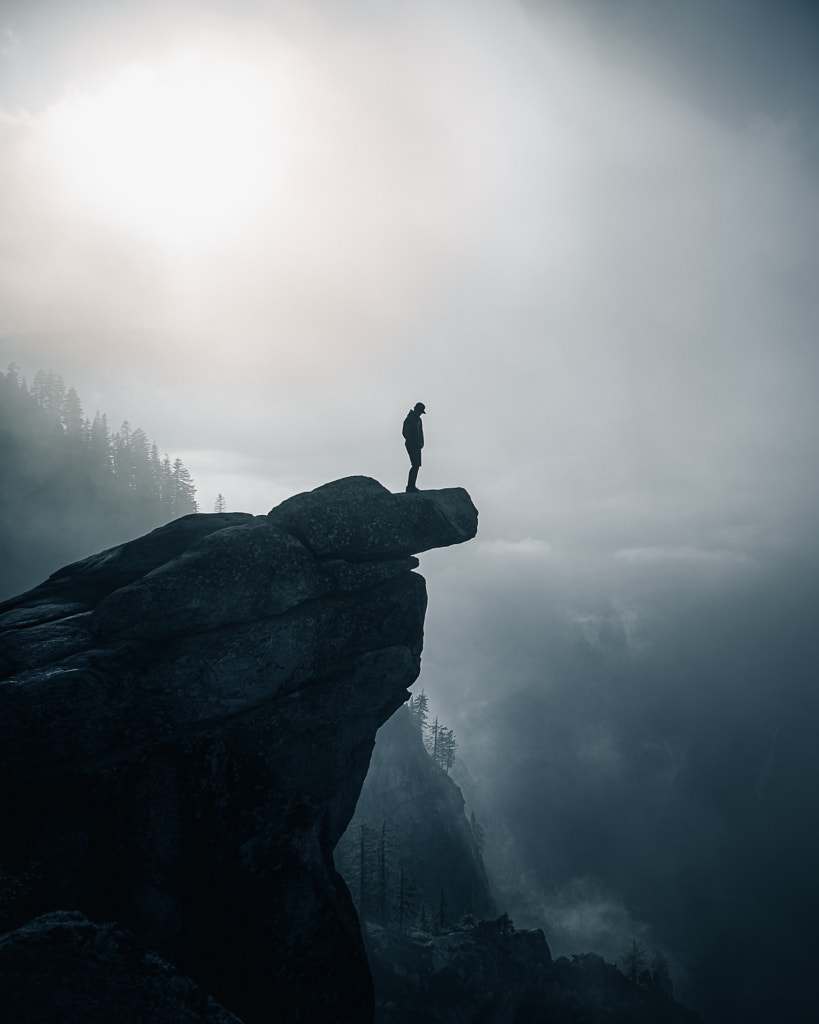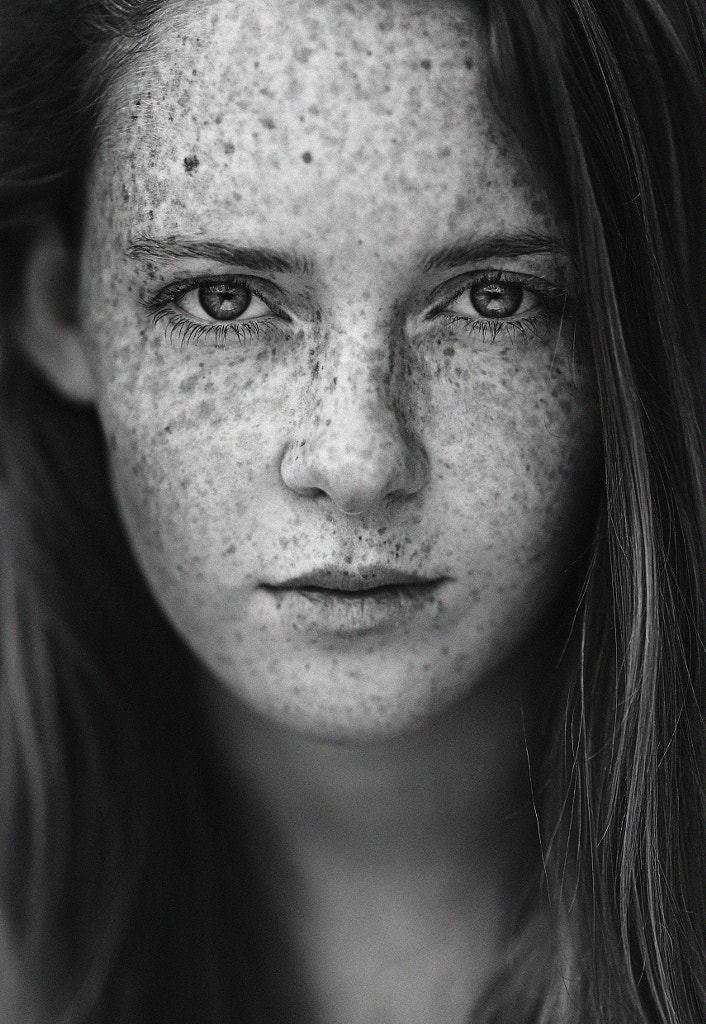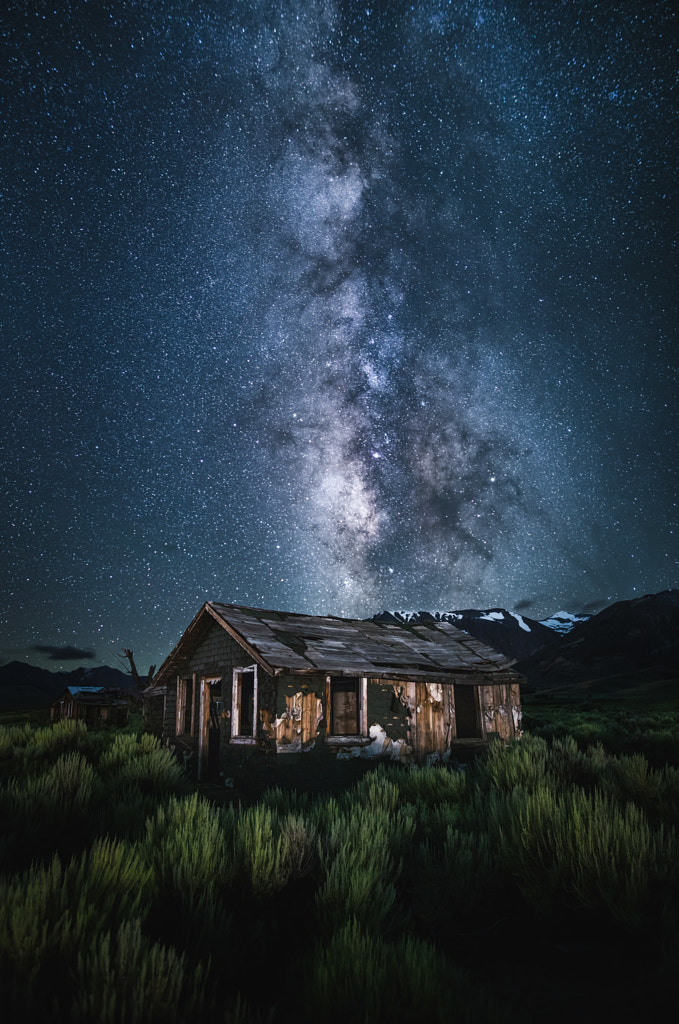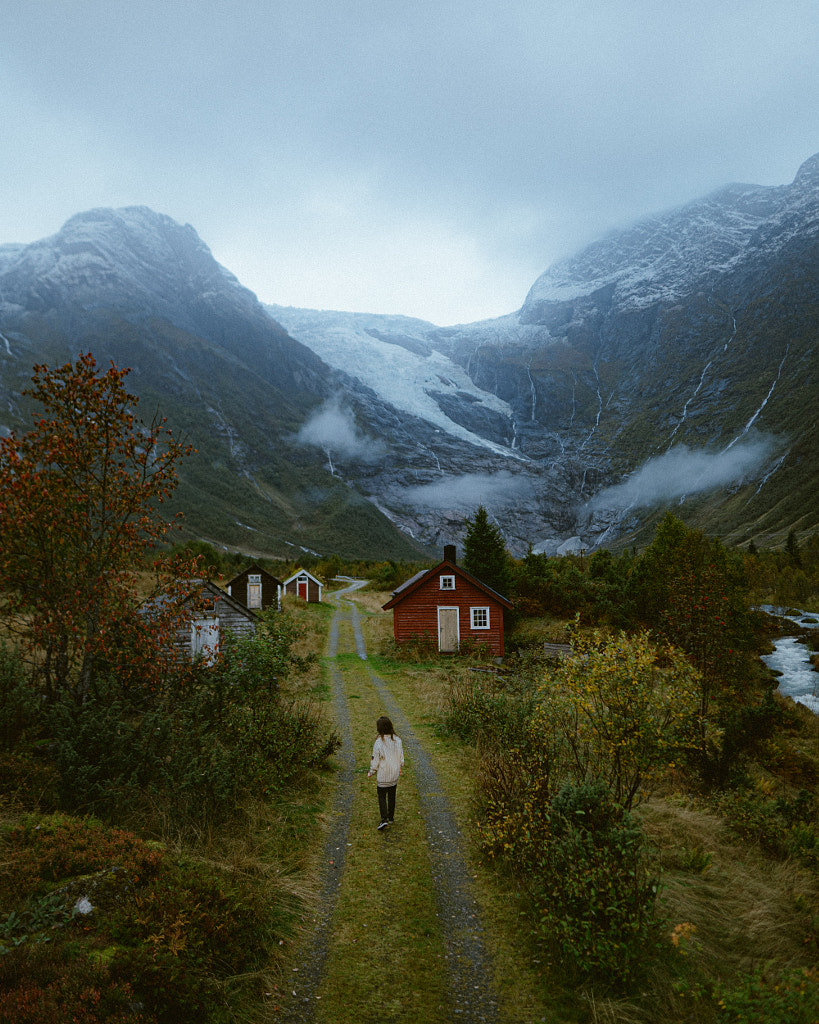A few years ago, after ten years in the business and eight years on social media, the fine art photographer Mikko Lagerstedt did something radical. He deleted all of the social media apps from his phone. And after six months of living “offline,” something happened: he felt his inspiration return.
Even after he returned to social media, Mikko found himself spending less time online and remaining more present in the moments that made up his everyday practice. As he shared on his blog at the time, he experienced less FOMO (fear of missing out), and he stopped comparing himself to other photographers. He realized he cared less about external validation and more about making meaningful work.
Social media can be a game-changer for photographers, allowing them to connect with clients around the world in a matter of moments. But too much of a good thing can take a toll, and sometimes, taking a step back helps us to return to the basics and reevaluate why we do what we do. Ultimately, these steps back can serve as a balm for those who might be experiencing creative burnout.
Research commissioned by Vision Direct indicates that the average US adult will spend the equivalent of 44 years looking at screens, including phones, computers, televisions, and gaming devices throughout our lives. Smartphones alone account for four hours and 33 minutes of our daily screen time. What’s more, in spite of all that time we spend staring at screens, people report that less than half that time is “productive.”
Whether we’re mindlessly scrolling through Twitter or watching one Instagram reel after the next, our devices can easily eat up large chunks of our days, and that’s time that could potentially be spent on activities that inspire you and get your creative juices flowing. And then there are the endless comparisons to other people who might seem more successful or more established than we are. That’s where the idea of a digital detox comes into play.
This idea isn’t new among artists, with figures like Jake Borndal and Abraham Adams taking a stand by “quitting” posting to social media or taking an extended absence (Drew Zeiba wrote an enlightening article on the subject for Vulture in 2018). Photographers have done it as well; the same year Zeiba penned that article, the well-known landscape photographer Dave Morrow published a YouTube video recounting an experiment he did the previous year. In 2017, he quit all social media platforms. Instead of spending his energy focused on online “background static,” he found himself devoting his time fully to photography and travel throughout the wilderness.
A digital detox is a break from technology, but beyond that, you can feel free to tailor the “rules” to suit your practice and needs. Here are our best tips for making it work for you.
Start small
While some photographers might take months off at a time, others might prefer to set aside an hour every day for screen-free time. When planning a detox, choose something that works with your schedule and that you know you can achieve. It doesn’t have to be a complete separation from technology.
It can be as simple as not checking your devices for the first thirty minutes after you wake up. Or maybe it’s taking a walk for your lunch break and turning your phone off. It could be one day a week that you go tech-free. You can work up to larger goals once you accomplish your initial milestones.
Turn off those notifications
Sometimes, it’s not possible to turn off your devices; for example, you might still have to edit photos or respond to clients. It’s not an all-or-nothing game here. Depending on the rules you set for yourself, you might be able to check all your channels at a specific time each day. But you can still partially unplug and limit your exposure to digital “noise” by switching off your social media and phone notifications. Put your phone in Do Not Disturb mode: no text, email, or Facebook alerts allowed.
Use an app if you have to
Okay, this might sound counterintuitive, but there are apps designed to help you spend less time on your phone. SPACE, for example, allows you to set goals—such as being on your phone for less than an hour a day—and track your progress. Freedom is another tool that lets you block websites that are eating up too much of your time.
Go somewhere new (and leave your phone at home)
This idea is inspired in part by The Artist’s Way, the hugely influential book by Julia Cameron, who came up with the concept of “the artist date.” An artist date is a chunk of time you devote to exploring something that interests you; it could be a solo expedition to a museum, a camera shop, a flea market, a bookstore—whatever sounds fun. We’ve just added the twist of not bringing your phone with you (or at least turning it off). Allow yourself to be immersed in your surroundings.
If you have the time and budget, you could extend your artist date into an artist mini-vacation. Eli Dreyfuss, a photographer who wrote about taking a break from social media in 2018, also shared how inspiring it was to visit a new place, if only to break out of our everyday routines. While you’re away, consider trying a new genre of photography. The idea is to get out of your comfort zone; you don’t have to share the pictures with anyone if you don’t want.
Detox with a friend
Having a buddy makes you accountable and can go a long way toward inspiring you to reach your goals. Consider teaming up with a photographer friend and setting similar boundaries (e.g., no phones at lunch, no laptops before bed). You can check in with each other to see how it’s going and offer words of encouragement. It will also help to keep a journal tracking your progress (just make it a physical journal, not the notes app on your phone).
Give yourself a bedtime
You’ve heard that too much screen time before bed isn’t healthy, but it can be hard to cut yourself off. It might help to set an alarm every night to remind yourself when to turn off your devices. It might even help to put some of your devices, like your laptop, in a different room so you can’t reach over and grab them. If you can’t get rid of your devices while you prepare for bed, remember to switch to night mode so you don’t have that blue light to interrupt your sleep.
In conclusion
Digital detoxes can be challenging. You’ll probably get bored from time to time and have trouble thinking of what to do with yourself. That’s okay! Boredom can actually be a good thing for your creativity. Take a famous 2013 study by the UK-based psychologist Sandi Mann, for instance, where participants were asked to complete a boring task and then try a creative exercise. The result was that those who did the most boring task—reading a phone book—came up with the most novel ideas.
The thinking is that when we have nothing to do, our minds wander. We daydream, and our subconscious takes over. Moments of boredom can encourage us to seek inspiration, develop ideas, and find new solutions to old problems. While you might feel tempted to reach for your phone during these moments, resisting the impulse—at least for a little while—could pay off in the long run.
Not on 500px yet? Sign up here to explore more impactful photography.
The post Six tips for taking a digital detox (and why photographers need them!) appeared first on 500px.
